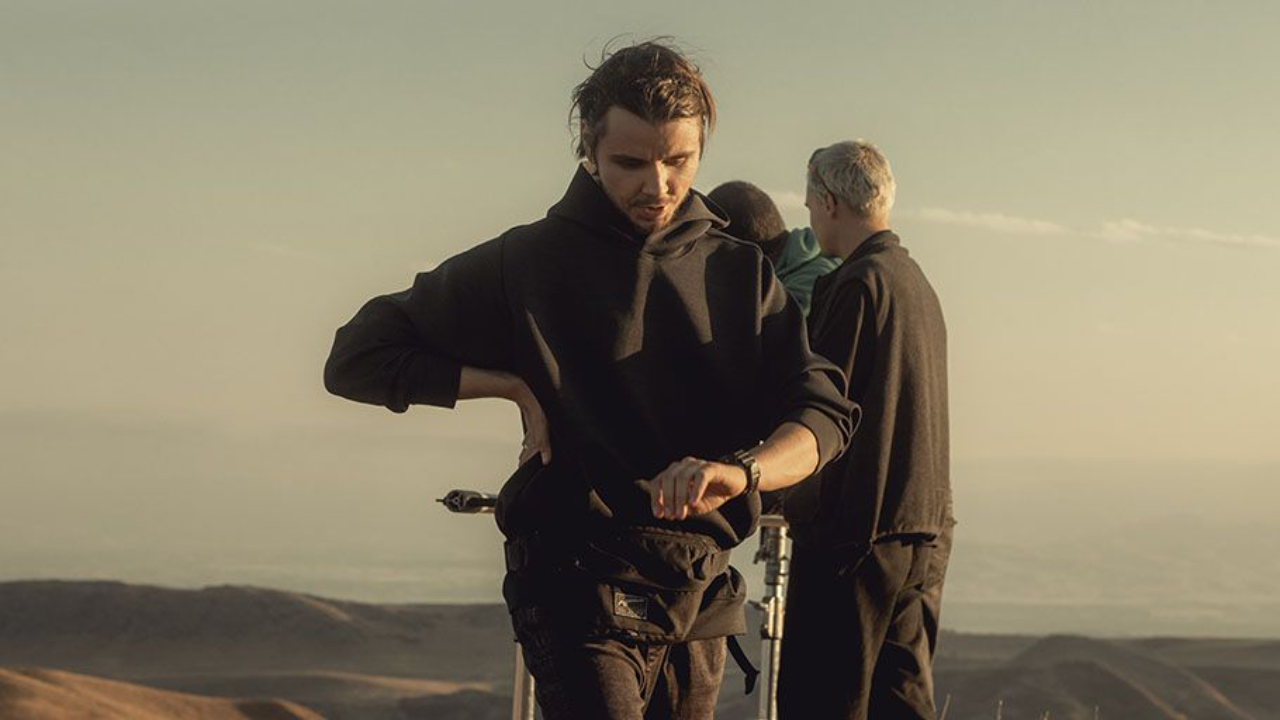
Optimizing Your Filming Workflow
Jun 03, 2023Reading time: 10 minutes
When it comes to filming, speed and quality are often key factors. Finding the right balance between efficiency and capturing beautiful shots can be challenging. In my early years, I used to believe that shooting as many scenes as possible would provide ample material for editing. However, I soon realized that more than 50% of these shots ended up looking cheap and chaotic. Out of 25 planned fancy shots, only a handful truly stood out.
Reflecting on the problems I encountered on the projects, I identified the following issues:
- Shooting excessive and unnecessary shots beyond the planned schedule.
- Failing to achieve the desired lighting, composition, and camera movement.
- Feeling uncertain due to time and budget constraints.
- Over ambition in trying to capture overly attractive shots within limited timeframes.
To overcome these challenges and achieve the desired results, I adopted a new approach that revolutionized my filming process. Here are a few key lessons I learned along the way:
- Quality over quantity: Instead of aiming for a large number of shots, I now focus on capturing around 15 well-crafted shots, including close-ups and mid-shots, especially when working with a single camera.
- Prioritize. Rather than trying to make every scene visually stunning, I carefully select which aspects to prioritize during pre-production, acknowledging that some elements may need to be sacrificed.
- Leveraging a familiar team: Working with a consistent team instills confidence, as I know their capabilities and working style. When possible, I delegate complex tasks to trusted team members.
- Thorough preparation: I arrive at the set with a comprehensive plan in mind, ensuring that both myself and my team are aligned on the objectives and vision for each shot.
By implementing these strategies, I've witnessed a remarkable improvement in the efficiency and quality of my filming. I'm confident that something from this list will be beneficial for your practice. Let's take a closer look at each item. :)

Quality over quantity
On average, I film around 15 shots per day, and if I'm working in a single location, it can go up to 20 shots. This number allows me to maintain a balance between quantity and quality, focusing on achieving good lighting, camera work, and composition.
If you're not satisfied with the results of your work, my advice is to slow down and reconsider the number of shots you aim for. Engage in discussions with your team, the director, and clients to find a golden middle ground between what you need and what you can realistically achieve within the project's resources. It's crucial to determine the optimal shot count for your schedule.
I always recommend incorporating new tools into your workflow on smaller or less complex production projects, as a way to test them out. However, finding the right balance of shot making can be a challenge. If you're new to the industry and have the chance to work at your own rhythm on a project, don't be rushed to capture numerous shots. Instead, let's concentrate on achieving eight quality shots within the schedule. As you gain more experience, your objective will be to gradually increase the quantity of these shots. In this competitive industry, it's essential to work efficiently and deliver impressive results while maintaining a fast and cool approach.
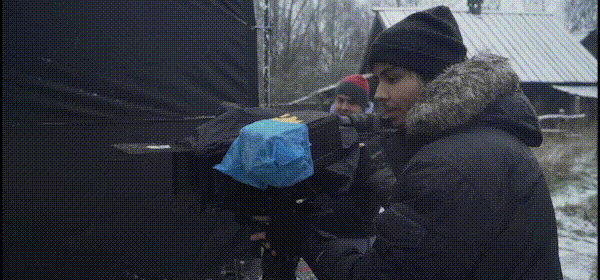
In filmmaking, speed is crucial. While the technical aspects of lighting and composition are important, the primary focus should always be on the actor's performance. And unfortunately, often Directors strive to capture the best take from numerous attempts, leaving limited time for scene preparation.
Considering this, it's wise to prioritize quality over quantity. By planning to work on a smaller number of scenes (on the beginning of your practice), you can dedicate more time and attention to achieving the best performance, as well as optimizing lighting and composition. This approach ensures that you capture the essence of the scene and create impactful visuals that enhance the overall storytelling.
Why should you try to slow down? The reason is simple: when you take the time to analyze each shot and strive to capture it exactly as you envision and desire, the quality of your work improves. Rushing through the process can make it difficult to achieve the desired outcome. By slowing down, you give yourself the opportunity to focus on the details and ensure that each shot reflects your vision and personal style.
By doing so, you'll have a compelling argument to support your creative decisions when dealing with producers, productions and clients.
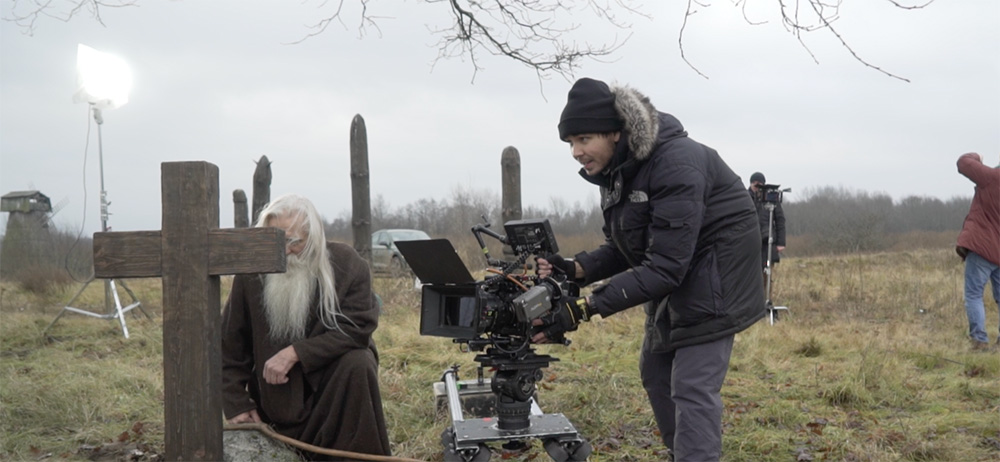
Prioritize
Okay, now that you have more time to work on each shot and ensure it meets your standards. And now it's important to optimize your workflow and establish a plan for how much time you'll allocate to each scene. Prioritizing is key.
Let me provide you with an example. You have 15 frames with 4 scenes to shoot in a single location, and you have a total of 8 hours (480 minutes) for the entire shoot. Here's how you can allocate the time for preparation of each scene:
60 minutes for scene #1
30 minutes for scene #2
30 minutes for scene #3
30 minutes for scene #4
* If you are new, you can multiply these numbers by 1.5x as a guideline.
This gives you 150 minutes for setup and preparation, and 330 minutes for actual filming. With 15 shots in total, you have approximately 22 minutes per shot. However, keep in mind that if you have dialogue-heavy or emotionally complex scenes, 22 minutes may not be sufficient, especially if you require multiple takes to capture the perfect performance.
In such cases, it's beneficial to identify and mark the complicated and simple scenes in the script. Complicated scenes can be given more time, while simpler scenes can have less.
Here are some examples of simple scenes based on my experience:
— Detail shots: Close-ups of objects near the camera that don't require perfect lighting, composition, or camera movement.
— Close-up shots: Typically used as supplementary shots to long master shots, they don't involve much movement or complex composition. Lighting is often already set up if you've filmed a long shot.
— Documentary-style shots: Moments that can be captured quickly without the opportunity for reshoots.
— Establishing shots: Shots that capture the environment or mood, such as nature, cityscapes, or rooms. With proper pre-planning, these shots can be executed swiftly.
Brief, momentary shots: Shots that have very short screen time in the final edit and don't require extensive resources or time to make them visually appealing. Allocate resources to other long scenes instead.

Here are the types of scenes that I consider complicated:
— Long shots: These shots serve as the foundation (master plan) for the editing process and include a wide view of the scene. The challenge in capturing these shots quickly lies in designing and lighting of the scale of the space within the frame, compared to medium or close-up shots.
— Shots involving special effects and requiring special preparation for actors and the environment;
— Shots with movements from both actors and the camera;
— Shots with long durations;
— The very first scene on the schedule: In my experience, the first scene often takes longer to film compared to others. This is because the team relax on the starting a bit and may mistakenly think there is plenty of time (including you, haha). It's important to note that starting with a simple shot may risk it becoming more complicated.
Following my approach to analyze the script, I have identified 5 simple frames and 10 complicated frames across all scenes. As part of my plan, I allocate 1.5 times less time for filming the simple scenes, while the priority complicated scenes receive an additional 1.5 times more time.
The main idea is not to allocate equal time for every scene in the script. Each scene is unique, and it is important to identify priority complicated shots that require more time and shots that can be filmed quickly. This approach ensures efficient use of time and resources during the production process.
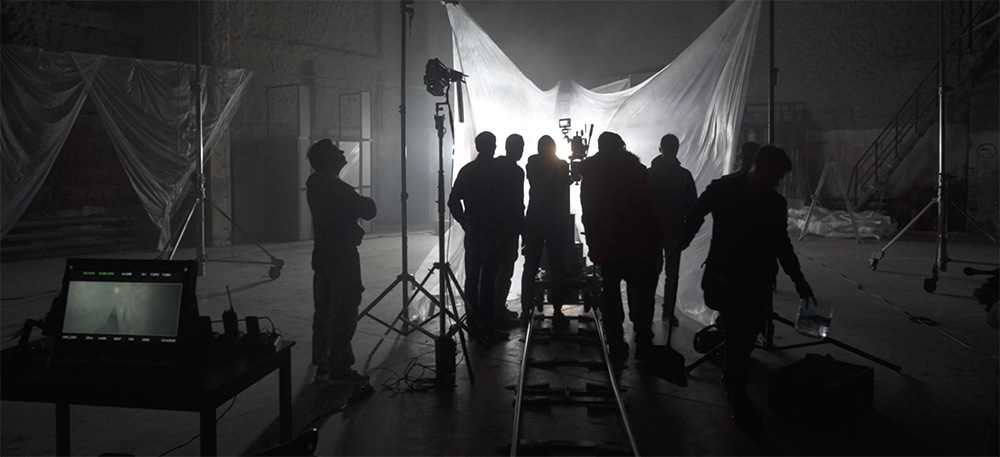
Leveraging a familiar team
Teamwork is crucial. If you're not happy working with your team, something isn't right.
Unfortunately, finding skilled professionals for your team can be challenging, and it's even harder to secure them for your project as they may often be busy. However, it's essential to assemble a group of talented individuals, even if they come with a higher price tag. There have been instances where I chose to allocate resources to hiring my preferred specialists instead of acquiring additional equipment, lights, or toys for a camera.
It's important for me to have a deep understanding of my team, to be confident in their quality of work and their efficiency. A great team can adapt to your work style and enable you to operate at a rapid pace.
One of the reasons I love the film industry is the abundance of talented and remarkable individuals. They are a valuable source of knowledge and inspiration. I highly recommend seeking out people with whom you have a comfortable and productive working relationship, as the speed and quality of your work greatly depend on your crew.
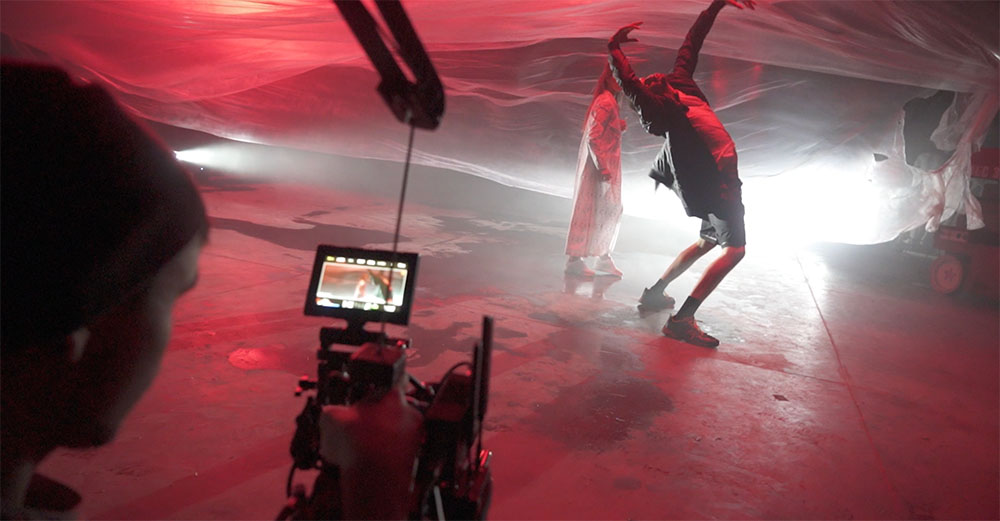
Over ambition
... in trying to capture overly attractive shots within limited timeframes.
This is a common issue that many cinematographers face, and it's something that producers particularly hate! When you strive to capture an excellent shot by investing additional time on set, it can lead to increased expenses, which in turn means less time available for the next shot. I personally experienced this early in my career when the 1st AD and producers would tell me, "We don't have the budget to wait for your artistic perfection, hurry up!" It was the harsh reality of the industry.
Every minute on set carries a financial cost. If you can't achieve the perfect shot, it's best to move on and focus on making the next shot even better. This is how progress is made. After spending countless hours on set, you will gradually become better at your job: you will develop a shooting plan, work with a dream team, gain experience, and develop a sense of timing.
The ability to analyze a script and understand which scenes are simple and which are complex is crucial. This allows you to allocate the appropriate resources and time for each scene, ultimately resulting in a well-executed timing plan.
Thank you for reading. I hope my experience has been valuable to you.

